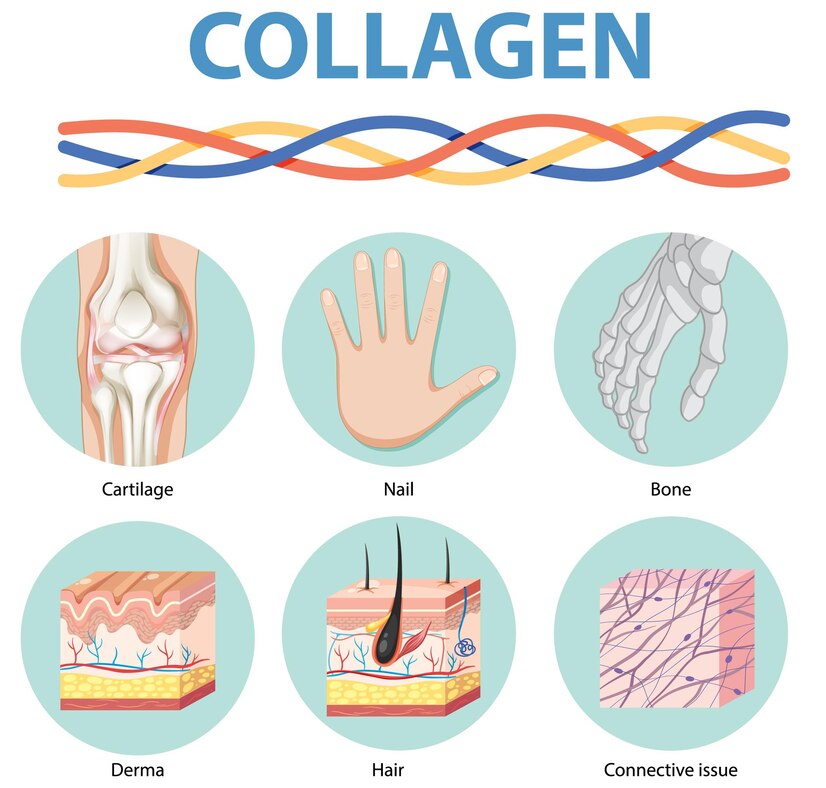
Follistatin, a glycoprotein known for its role in muscle growth regulation, has been the subject of numerous studies exploring its potential benefits and mechanisms. This blog delves into the findings from several recent trials that highlight the multifaceted impacts of follistatin, particularly in the context of resistance training and its implications for various populations.
Understanding Follistatin
Follistatin is primarily known for its ability to inhibit myostatin, a negative regulator of muscle growth. By binding to myostatin, follistatin prevents it from exerting its muscle-inhibiting effects, thereby promoting muscle hypertrophy and strength. This makes follistatin a molecule of great interest in fields like sports science, gerontology, and metabolic health.
Effects of Resistance Training on Follistatin Level
High-Intensity Interval Training (HIIT) and Myokines : A study published in Front Endocrinol (2022) investigated the effects of different intensities of interval resistance training on myokines, including follistatin, in obese males. The research found that moderate- and high-intensity interval resistance training significantly increased follistatin levels compared to low-intensity training. These increases were associated with improved cardiometabolic health markers, such as reduced triglycerides and low-density cholesterol, highlighting the potential of follistatin in mediating beneficial adaptations to high-intensity exercise.
Soy Milk and Resistance Training in Older Men: In a study published in Biol Res Nurs (2022), researchers examined the combined effects of soy milk consumption and resistance training on physical performance and muscle regulatory markers in older men. The findings revealed that the group receiving both interventions showed a significant increase in serum follistatin levels and improved muscle strength and body composition compared to resistance training or soy milk alone. This suggests a synergistic effect that could be particularly beneficial for the elderly population to maintain muscle mass and functional fitness.
Resistance Training in Women with Sarcopenia: Research published in the International Journal of Environmental Research and Public Health (2021) explored the impact of a 16-week resistance training program on muscle quality and growth factors in older women with sarcopenia. The study reported significant increases in follistatin levels among participants who underwent resistance training, alongside improvements in muscle strength and reduction in intramuscular fat. These results underscore the importance of resistance training in combating muscle loss and enhancing muscle function in aging populations.
Nutritional Interventions
Icelandic Yogurt and Muscle Gains: A trial reported in the British Journal of Nutrition (2022) assessed the effects of Icelandic yogurt consumption post-exercise on muscle mass and regulatory factors in older men. The study found that participants consuming Icelandic yogurt experienced greater increases in lean mass and strength, along with elevated follistatin levels, compared to those consuming a placebo. This suggests that nutrient-dense supplements can enhance the anabolic response to resistance training.
High-Protein Dairy Milk in Young Athletes: Another study, published in Nutrients (2021), examined the effects of high-protein dairy milk ingestion on body composition and muscle regulatory markers in trained young males. The results indicated that strategic ingestion of dairy milk significantly boosted follistatin levels, lean mass, strength, and power. This highlights the role of dietary protein in optimizing muscle growth and recovery in athletes.
Therapeutic Potential for Metabolic Disorders
Follistatin in Type 2 Diabetes Management: A study in Archives of Physiology and Biochemistry (2023) investigated the impact of concurrent exercise modalities on follistatin levels in men with type 2 diabetes. The findings showed that both aerobic and resistance training sequences significantly increased follistatin levels and improved body composition and metabolic health markers. This demonstrates follistatin’s potential as a therapeutic target for metabolic diseases, enhancing muscle health and overall metabolic function.
Conclusion
The collective findings from these studies highlight the critical role of follistatin in muscle growth, strength, and metabolic health. Whether through resistance training, dietary interventions, or combined approaches, enhancing follistatin levels can lead to significant health benefits, particularly for aging populations and individuals with metabolic disorders. As research continues, follistatin may become a cornerstone in strategies aimed at improving muscle function and combating conditions like sarcopenia and obesity.
